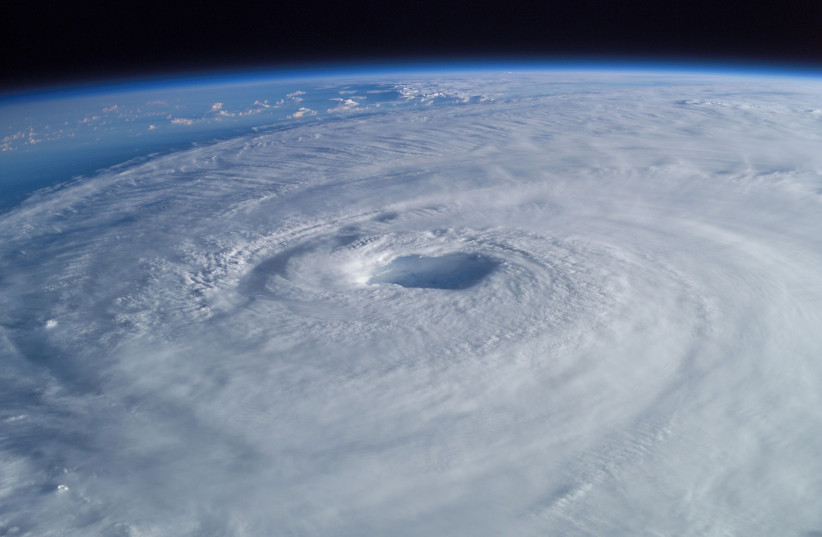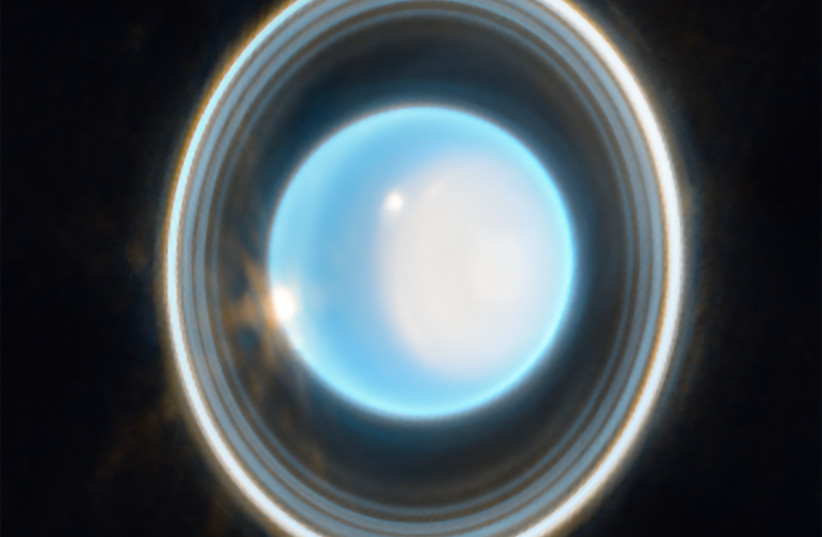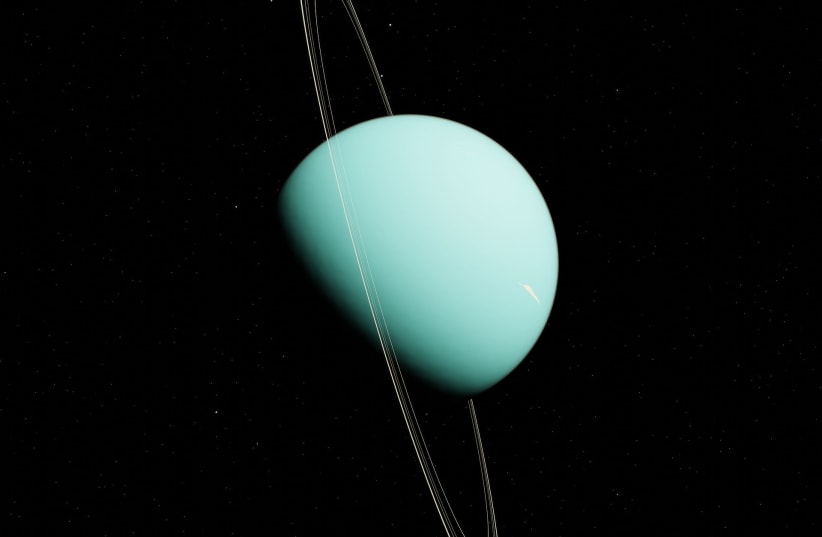NASA scientists studying Uranus, the seventh planet from the Sun, have managed to detect a cyclone spinning in the gas giant's north pole, a new study reveals.
The findings of this study were published in the peer-reviewed academic journal Geophysical Research Letters.
The study was carried out using the Very Large Array in New Mexico and adds to the details surrounding the icy giant gleaned from observations made by the Voyager space probe.
Twister and shout: Why is there a cyclone on Uranus?
To understand why a cyclone is on Uranus, it is worth noting how cyclones are formed in the first place.
Cyclones are a type of powerful storm that manifests as a low-pressure system along with strong winds.


On Earth, they manifest in the Indian Ocean and South Pacific and can be compared to the Atlantic phenomenon of hurricanes and the Western Pacific variant of a typhoon.
However, cyclones also have a lot in common with tornadoes. These powerful windstorms circulate in a given area, forming what is essentially a pillar of violently spinning winds moving fast in a given direction, bringing swathes of destruction with it.
The big difference is that tornadoes form with cool air interacting with warm air while cyclones form when warm air rises and condensates.


Now, let's take a look at Uranus.
Uranus is an ice giant, meaning it's a gas giant with icy materials. As such, we already know that the planet isn't a rocky world like the Earth or Mars, but is instead a massive ball of gas and ice. However, it also possesses some qualities that make it stand out among the other planets in the Solar System, such as the "diamond rain."
Uranus stands out because it doesn't rotate on a vertical axis. Instead, its axis is more closely aligned with its orbit.
In other words, while most planets spin like tops, Uranus is perpetually somersaulting through space.
Like Earth, Uranus also has seasons. But because of its unique rotation, these seasons are very extreme.
Uranus isn't tidally locked so the same sides aren't always facing the Sun. It eventually changes as it completes its 84-year orbit. However, the north and south poles – which are located where the equator would be on most planets – each take turns to be in either extreme darkness or extreme sunlight.
So, what does this have to do with a cyclone?
At the time this observation was made, the north pole was in one of the warmer seasons, which is the climate where a cyclone would form.
But how did the scientists know this?
Using the Very Large Array in New Mexico, the scientists were able to detect the emission of heat from the north pole, as well as a bright spot near the center.
This is actually very relevant since it confirms that all planets with substantial enough atmospheres have cyclones. In fact, they have now been detected on every single planet in the Solar System, with the exception of Mercury, which lacks a substantial atmosphere.
This isn't too surprising either. While most planets lack atmospheres similar to Earth's, just having any atmosphere at all is enough to produce storms. Venus and Jupiter in particular are both covered in fierce and powerful storms.
But the fact that the cyclone was on Uranus's north pole really stands out. This is because it seems to confirm something that had widely been assumed about planets in general: They all have vortex storms on their poles.
This study was merely the latest in a series of new observations made about Uranus. Observations like this are possible now because, during this portion of its 84-year orbit around the Sun, it's now in a position where scientists on Earth can now get a better look at Uranus.
